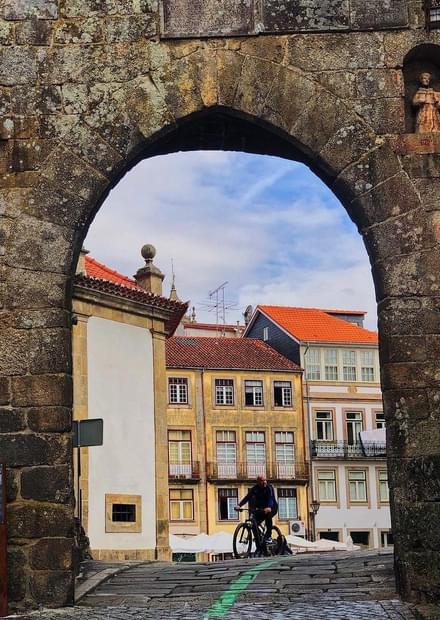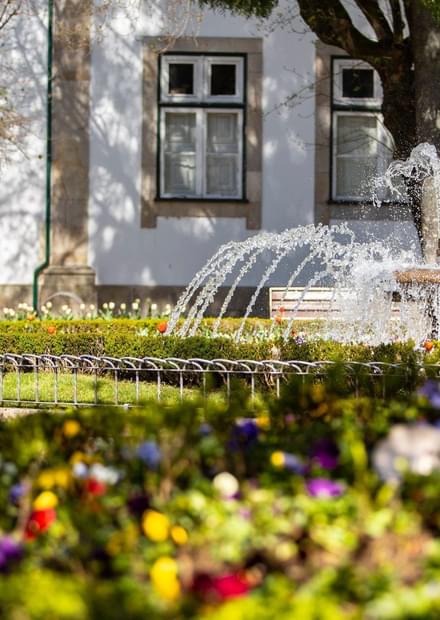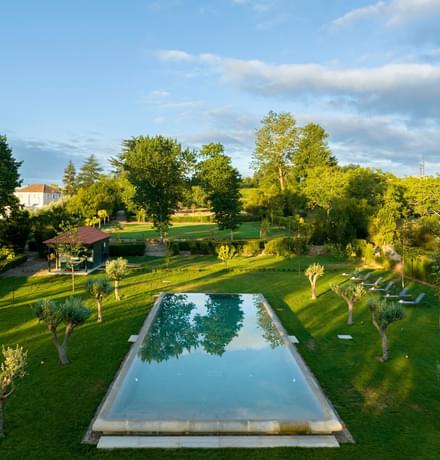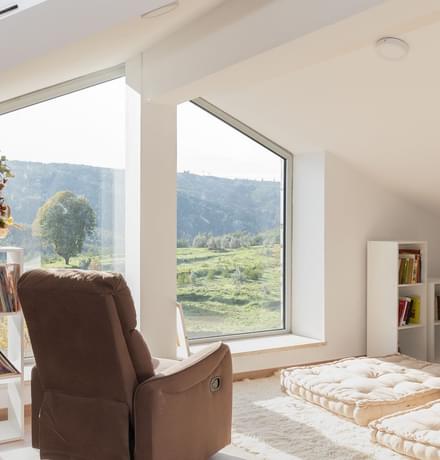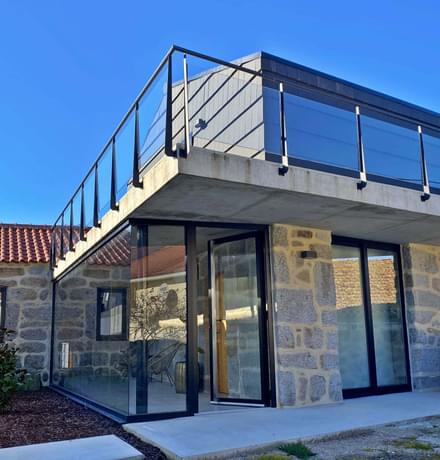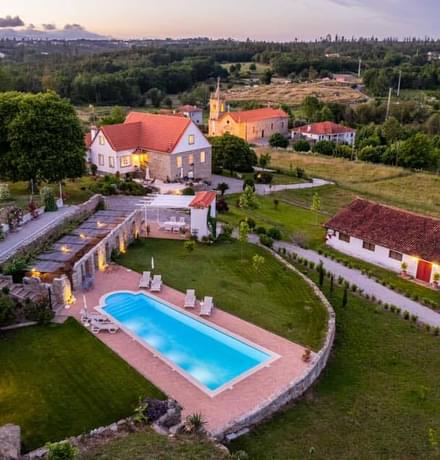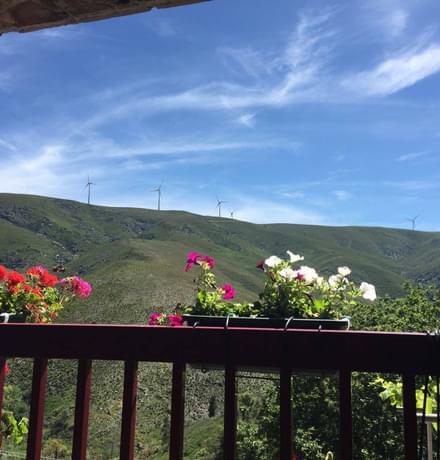Cava de Viriato, named after the iconic Lusitanian warrior, Viriato, is the greatest enigma of Portuguese archaeology. A perfect octagon, when seen from above. How did this gigantic fortress appear in Viseu? A question that remains unanswered. This national monument was featured on National Geographic's documentary: "Europe from above".
Notwithstanding its name, it is now known that this cava (an ancient Roman camp) located next to Largo da Feira de São Mateus in Viseu does not have anything to do with Viriathus, the Lusitanian warrior whose statue decorates this place. Contrary to what popular believe, a recent investigation has proven that this fortress was built by the Lusitanians. And if there are some authors who credit the Romans of the 1st century BC for building this city-camp, others claim that Muslims were actually responsible for it. While new excavations are not conducted to confirm the true function of this mythical place, come and enjoy this little piece of History right in the middle of the city.
An archaeological enigma
Then, how did this gigantic fortress first appeared in Viseu? Here’s the question many archaeologists wish to answer. With an octagonal plant of about 38 hectares, surrounded by walls and protected by slopes, the cava is surrounded by a water ditch with a sophisticated hydraulic engineering system which used to connect its interior to the Pavia River and the Santiago stream. Recent theories have suggested that there is absolutely anything like it in the Iberian Peninsula and so this system seems to be more similar to Muslim city-camps.
A national monument since 1910, Cava de Viriato suffered with the erosion of time until a 2001 project by architect Gonçalo Byrne renovated the area, recovering two sides of the octagon which had almost disappeared. A crosswalk was built all around the structure of the slops and so Cava gained new accessibility, allowing a more complete visit in order to let visitors can travel back in time.






